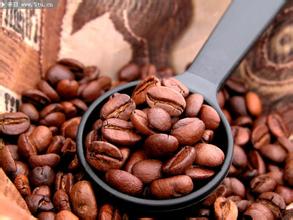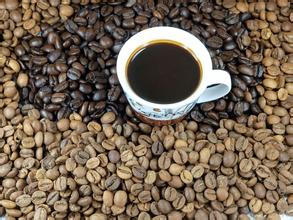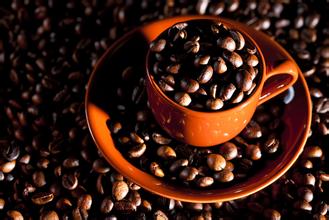How much grinding does Starbucks use for Guatemalan coffee beans?
Starbucks Guatemala coffee beans are used how much grind
Guatemala Antigua coffee is tasted with some simpler coffee (such as preferred coffee or breakfast blend coffee), cocoa powder is the main element in tasting Guatemala Antigua coffee. Although it has a chocolate flavor, its texture is the real reason for its excellence. Note how Guatemala Antigua coffee feels on the tongue. Guatemala Antigua coffee is smoother and softer than the apparent acidity of the first choice coffee and breakfast blend coffee.
More information about this coffee:
This outstanding coffee has always been a favorite of Starbucks coffee buyers and a specialty of the coffee world. And we have established a long-term, strong relationship with the people of Antigua.
Antigua produces some of Guatemala's best coffee, still has a traditional lifestyle and sits among three volcanoes. Coffee farmers from Antigua have a wealth of horticultural knowledge and are keen to produce great coffee. Antigua has always produced some of the best coffee in Central America.
Guatemala, the most densely populated country in Central America after Mexico, provides a rich labor force for coffee production, which is mostly grown on small-scale farms. Two-thirds of the country is mountainous, and the west and south belong to volcanic zones. The humid climate and rich volcanic ash soil provide unique natural conditions for coffee production. Coffee production is widely distributed in various regions of the central and southern regions except the Petten lowlands in the north.
In Guatemala, the region known for producing high-quality beans is the country's highest coffee-growing region, the dry climate of the micro-Tenango region. It is located in a rare non-volcanic area in Central America. The mountains are bumpy and the terrain is very dangerous. Although the elevation is nearly 2000 meters, the warm, dry air blowing from the Mexican plains protects coffee trees in this area from frost.

Important Notice :
前街咖啡 FrontStreet Coffee has moved to new addredd:
FrontStreet Coffee Address: 315,Donghua East Road,GuangZhou
Tel:020 38364473
- Prev

Description of varieties and flavors of fine red wine honey treated with Hartmann long-tailed cuckoo in Panama
Flavor description of Panamanian Hartmann long-tailed rhododendron fine red wine honey treatment Variety: Kaduai Catuai score and cup test CuppingScore:87 lime,floral coconut,clean,sparkling,mediumbody lime, coconut flower Lerlda Estate Lot10 treatment method: White honey treatment of Panamanian Panama Manor: Lelida plot 10
- Next

Description of Flavor of Yunnan Bobang Coffee Bean introduction to Grinding scale of varieties in producing area
Yunnan Bobang Coffee beans Flavor description Grinding scale production area varieties Grinding scale Yunnan coffee was planted on a large scale in the mid-1950s, once with a planting scale of 4000 hectares. By the end of 1997, the planting area of coffee in the province had reached 7800 hectares. At present, the planting area of the province accounts for 70% of the national area, and the output accounts for 83% of the national output, both in terms of planting area and coffee bean production.
Related
- Detailed explanation of Jadeite planting Land in Panamanian Jadeite Manor introduction to the grading system of Jadeite competitive bidding, Red bid, Green bid and Rose Summer
- Story of Coffee planting in Brenka region of Costa Rica Stonehenge Manor anaerobic heavy honey treatment of flavor mouth
- What's on the barrel of Blue Mountain Coffee beans?
- Can American coffee also pull flowers? How to use hot American style to pull out a good-looking pattern?
- Can you make a cold extract with coffee beans? What is the right proportion for cold-extracted coffee formula?
- Indonesian PWN Gold Mandrine Coffee Origin Features Flavor How to Chong? Mandolin coffee is American.
- A brief introduction to the flavor characteristics of Brazilian yellow bourbon coffee beans
- What is the effect of different water quality on the flavor of cold-extracted coffee? What kind of water is best for brewing coffee?
- Why do you think of Rose Summer whenever you mention Panamanian coffee?
- Introduction to the characteristics of authentic blue mountain coffee bean producing areas? What is the CIB Coffee Authority in Jamaica?

